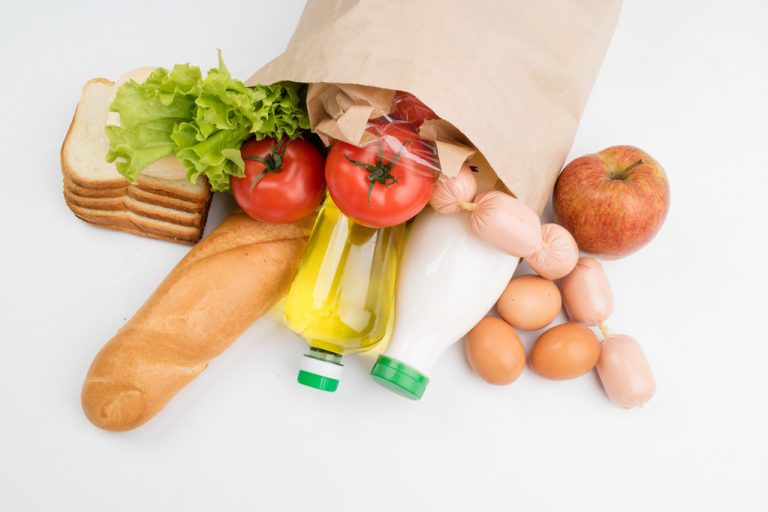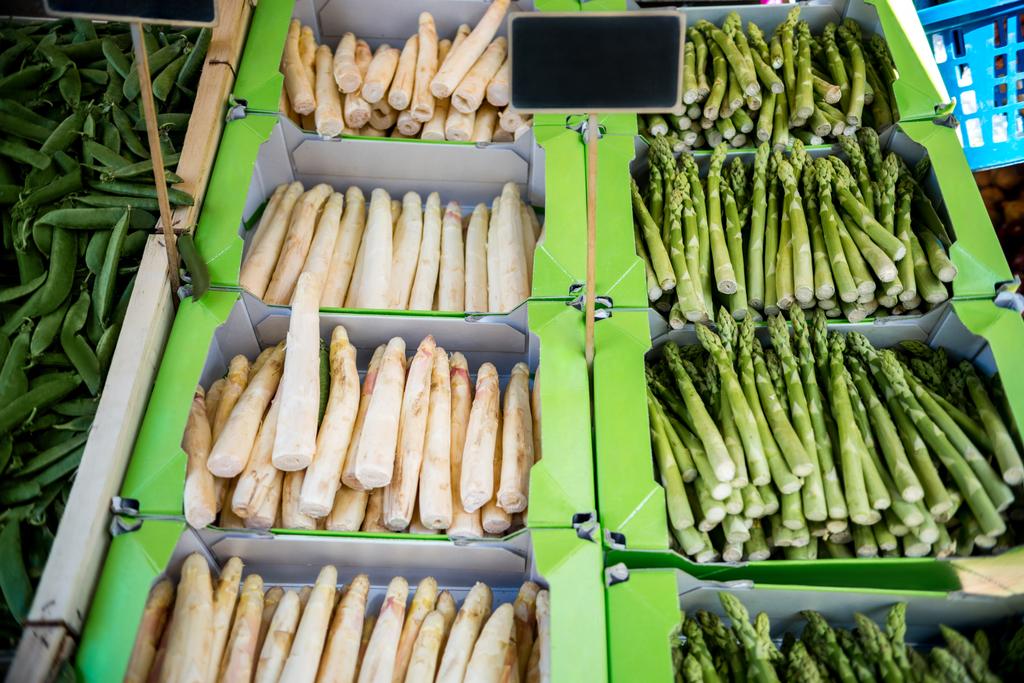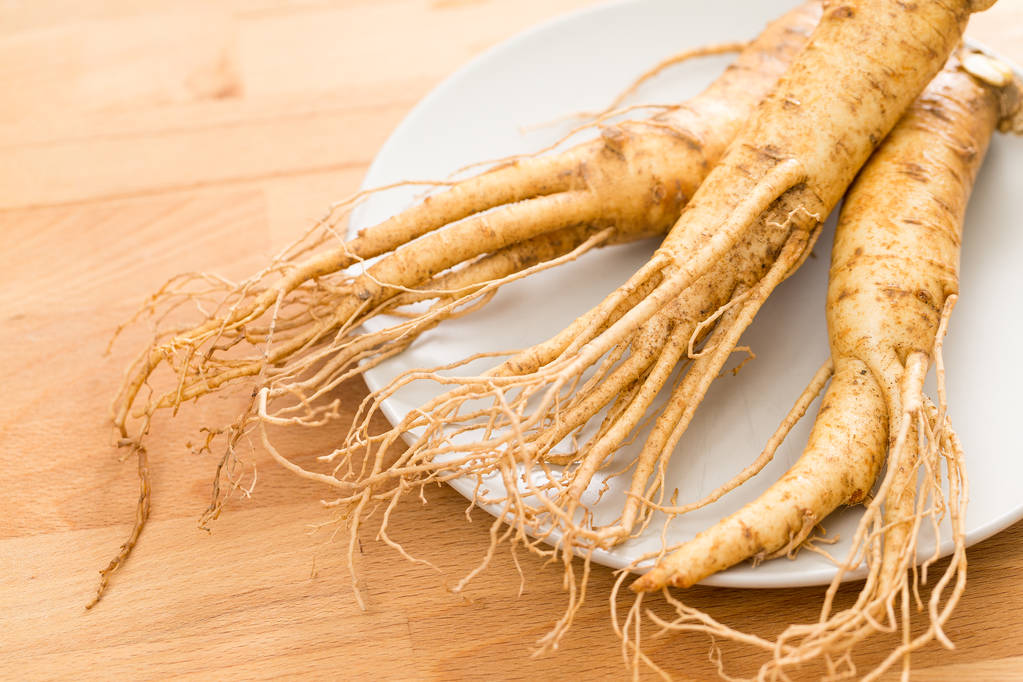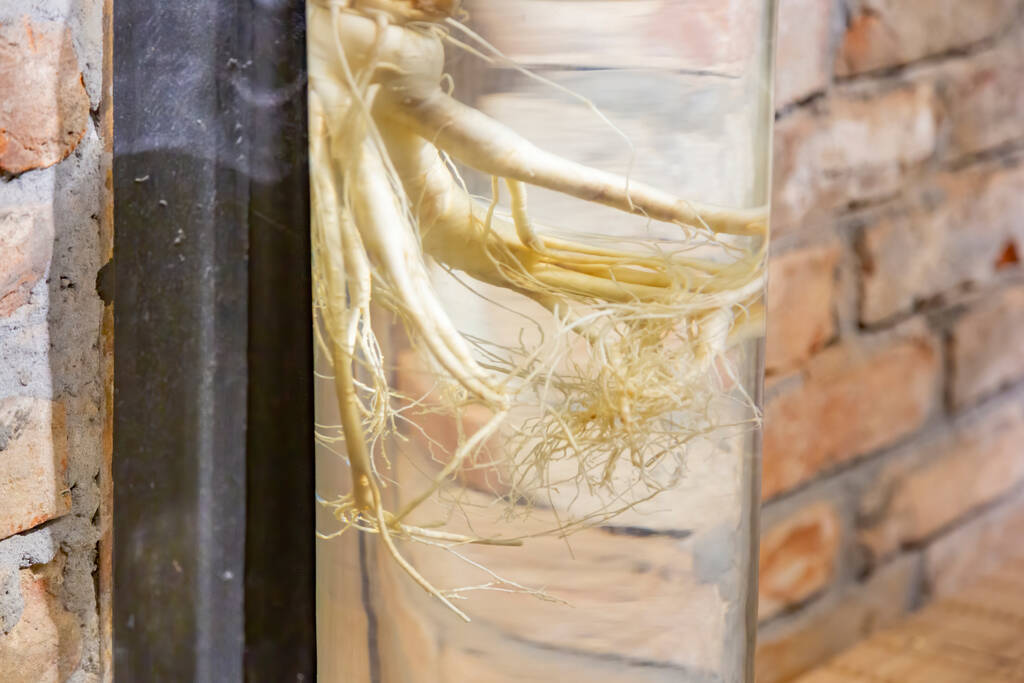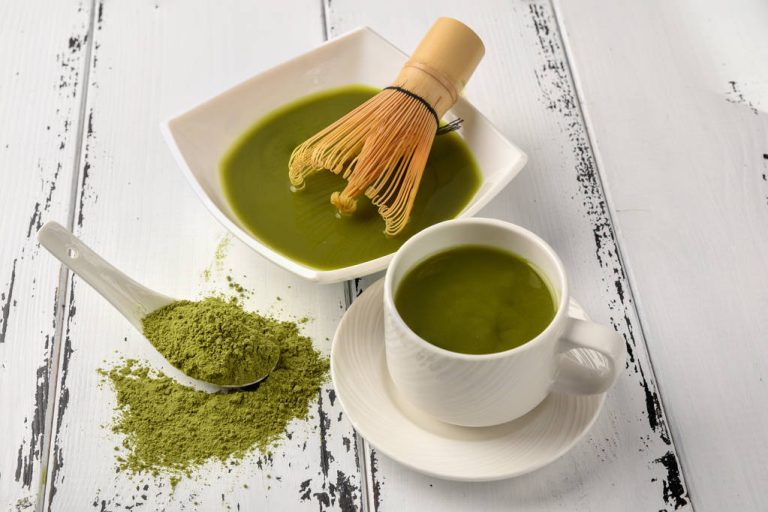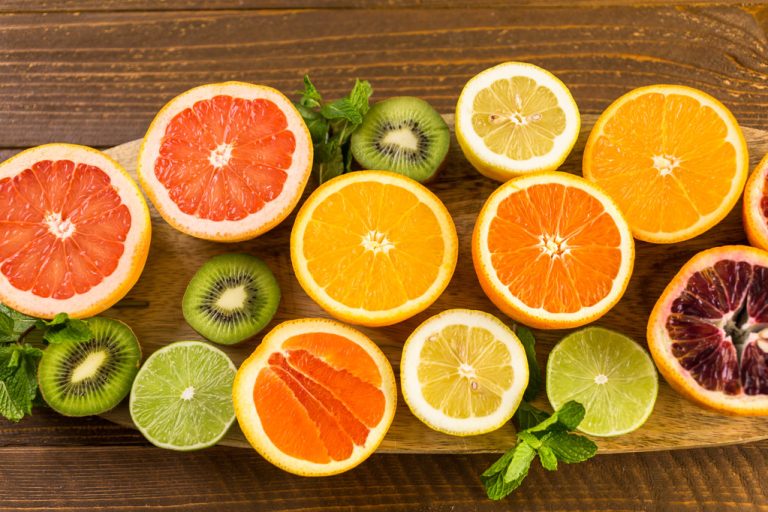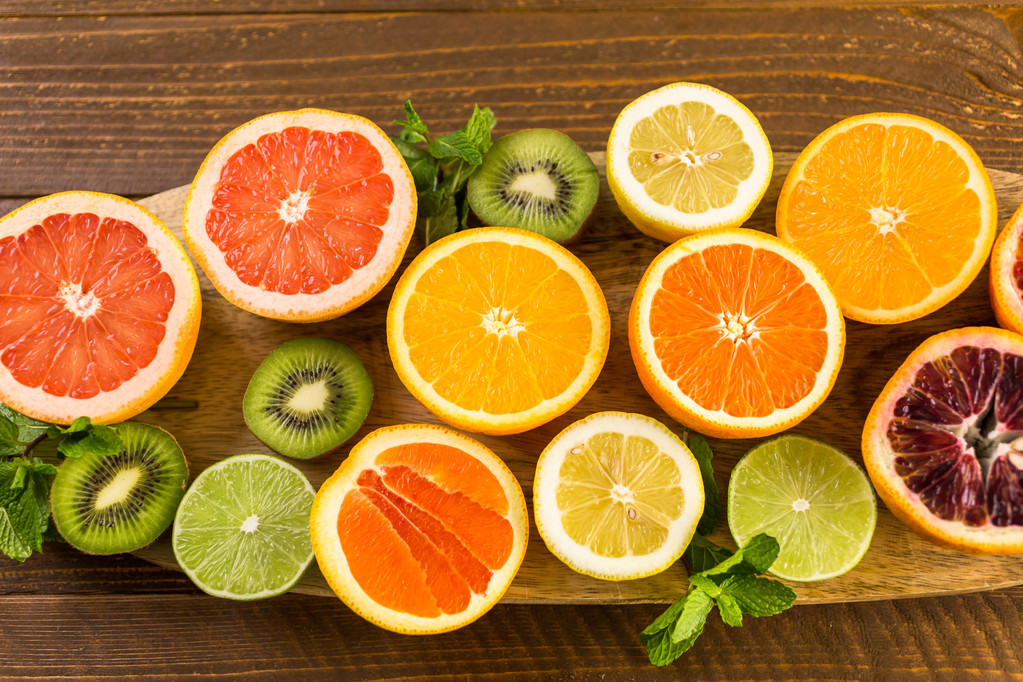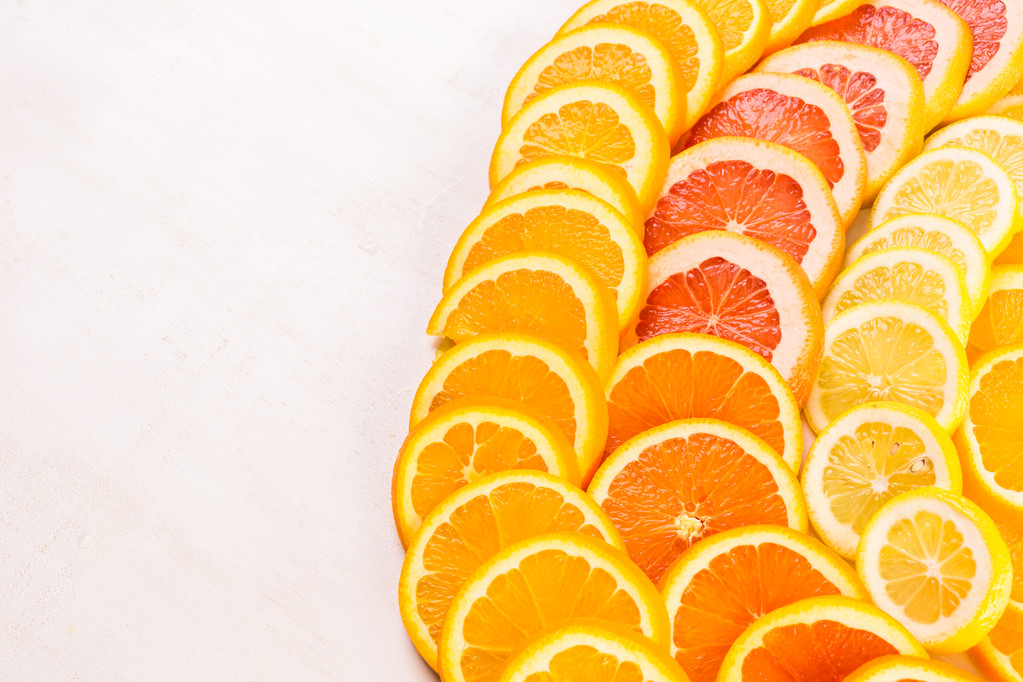The best before date (MHD) is often understood as an expiry or use-by date. However, this is a big mistake. The Hamburg consumer advice center gives useful tips on how to save food and how long it can generally be eaten.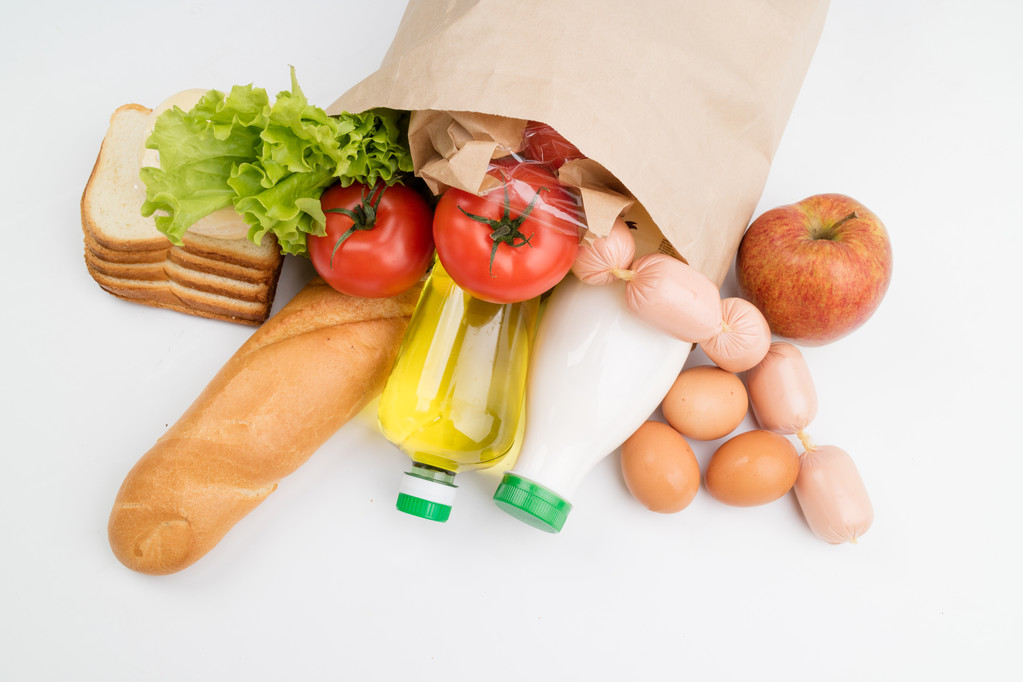
Risk of confusion between the best-before date and the use-by date
However, food that is actually bad no longer belongs on the plate. Food infections or mold toxins are not to be trifled with. More than 200,000 people fall ill every year, mainly due to poor kitchen hygiene, insufficient heating or insufficient cooling, according to the Hamburg consumer advice center. When stored and at the right temperature, foodstuffs can often still be eaten without significant losses in taste and quality or any health risk. As a rule, the food is still edible after the specified best-before date.
The consumer advice center points out that there are two different information on the expiry date. Specifically, the best-before date (MHD) indicates the point in time up to which the manufacturer can guarantee that the food will retain its properties such as smell, taste and nutritional value. However, this always refers to unopened – i.e. completely airtight packed – and correctly stored goods.
The use-by date, in turn, indicates by what point in time a perishable food such as minced meat must be consumed in any case. Food such as raw meat can pose an immediate health risk after just a short time and is therefore marked with the use-by date.
Shelf life of food: This is how long grain and dairy products, drinks, fruit and vegetables can be kept
When it comes to the shelf life of bread, a distinction must be made between fresh bread from the baker and home-baked and packaged bread from the supermarket. The latter lasts much longer – even beyond the best-before date.
Packaged Bread:
Thanks to the enzymes used in production, they can be kept for up to eight weeks and generally still edible after the best-before date has expired
Tip: store in airtight packaging at room temperature and not in the refrigerator. The cold temperatures spoil the bread faster
Fresh bread:
Wheat bread*: can be kept for up to three days
Mixed wheat breads*: keep for three to five days
Mixed breads: keep for four to six days
Mixed rye breads*: keep for five to seven days
Rye breads: keep for six to ten days
Rye meal/wholemeal breads*: keep for eight to twelve days
Tip: it is best to store the bread in clay or stone containers and wipe them out regularly with vinegar. Place sliced bread cut side down and do not refrigerate
The useful life of grain products
Grain products are generally still edible after the best-before date has passed. However, if the best-before date is a little longer, the products should be checked for appearance, mould, smell and, of course, taste before consumption.
Noodles:
Hard and dry noodles can be kept for a very long time after the best-before date has passed
Fresh pasta can be stored in the refrigerator for between three and four weeks
Egg noodles should no longer be eaten after the best-before date
Tip: Make sure it is stored dry
Rice:
Can be kept for up to two years. The following applies: Because of the lower fat content, white, polished rice has a longer shelf life than brown rice
Tip: store dry and airtight
Flour:
Wholemeal flour and meal: shelf life between three and four weeks
Very fine flour: shelf life between two and three months
Very coarse flour: can be stored for up to more than a year
Tip: always store dry, cool, dark and above all tightly closed
Muesli and cornflakes:
Can be kept for months after the best before date has passed
in the event of mold growth, the entire muesli must be disposed of
Tip: always store dry and tightly closed
The lifespan of beverages
Some drinks, such as wine, can be kept for a very long time after the BBD has expired. In general, these are all drinks, but they should be checked for appearance, smell and appearance before consumption.
Mineral water:
Unopened, the bottles can be kept almost indefinitely
Tip: store in a cool, dark place. Plastic bottles in particular should be protected from direct sunlight
Cola:
Can be kept long after the best-before date has passed
However, cola can eventually lose carbon dioxide in PET bottles
Tip: always store in the dark
Juices:
In glass bottles: up to one year after the expiry date
In boxes: up to eight months after the expiry date
In plastic bottles: can be kept for up to three months after the best-before date
Once opened, it only lasts a few days
Tip: always store in a dark and cool place
Beer:
Generally good for months after the expiry date
Pasteurized, heavily hopped beers with a high alcohol content have a longer shelf life
Tip: store in a dark and cool place, avoid strong temperature fluctuations
Wine:
Shelf life varies greatly depending on alcohol and acid levels or cork
Can be kept between one year for normal quality wines and ten years for Beerenauslese wines
Red wine generally has a longer shelf life than white wine. If the bottles are stored horizontally so that no oxygen can get to the cork, red wine will last for many years (and is said to keep getting better)
Tip: store in a cool place and protect from direct sunlight
Milk and milk products – that’s the shelf life
As long as the milk or milk products are unopened, they can still be kept past the best-before date. But once they’re open, caution is advised.
Milk:
Unopened milk packs: best for approximately three days after the best-before date
Raw milk: two to three days after the best before date
Pasteurized milk: Shelf life approximately six days after the expiry date if refrigerated and unopened. Can be kept two to three days after the expiry date if opened
UHT milk: closed, keeps for around eight weeks after the best-before date, opened for around two to three days
Tip: store in a dark and cool place
Butter:
Stored cool: stable up to three weeks after the expiry date
Tip: It is best to store the butter in a butter compartment in the refrigerator in a porcelain or plastic butter dish
Cheese:
Whole pieces of cheese: can be kept for several weeks after the best-before date
Fresh cheese that has been opened or individual slices: can be kept for up to one week after the best-before date
Shrink-wrapped cheese slices: can be kept for up to three weeks after the best-before date
Cheese with a low water content has a longer shelf life
Tip: store in a dark and cool place and separate from other foods. The packaging should not be airtight
Yoghurt and quark:
Unopened: 10 to 14 days past the best before date
Once opened: 3 to 4 days after expiry of the best before date
Tip: store in a dark and cool place
Cream:
Unopened: Can be kept for about four weeks after the expiry date
Once opened: 3 to 4 days after expiry of the best before date
Tip: store in a dark and cool place
Perishable foods: fruits and vegetables
There is no best-before date for fruit and vegetables as they are among the perishable foods.
Fruit and vegetables generally do not have a particularly long shelf life, as their high water content makes them very susceptible to mould
if mold is severe, you should always discard the entire quantity of affected food – even the pieces where the mold is not obvious are likely to be affected
Tip: keep local varieties in the fridge and tropical fruits at room temperature. Apples and tomatoes should always be stored separately from other fruits and vegetables as they release ethylene. As the Hamburg consumer center explains, the plant hormone would accelerate the ripening process of the other fruits and they spoil faster as a result.

